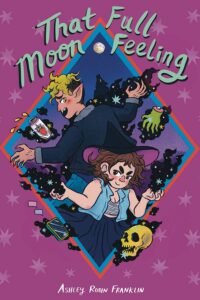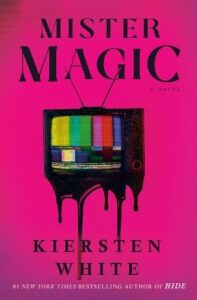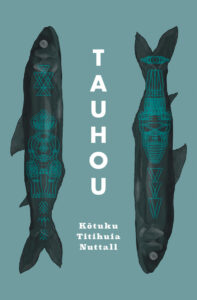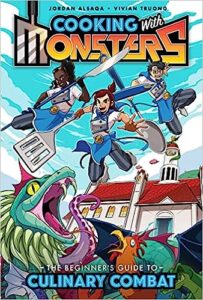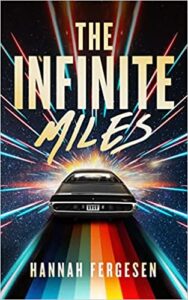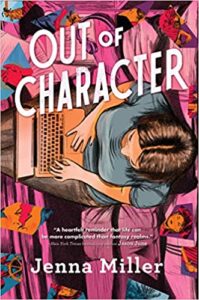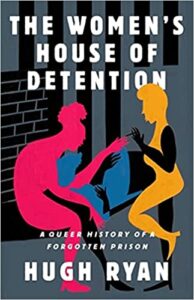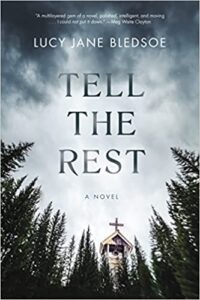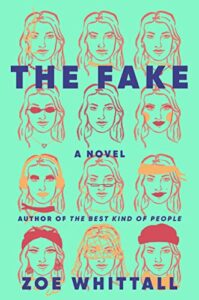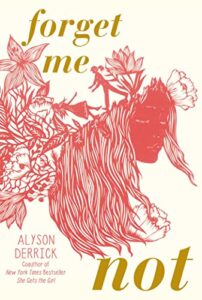This is a tiny graphic novel—only 64 pages—so I’ll keep this review short. This is a queer romcom about a werewolf and witch going on their first three dates and getting into supernatural shenanigans along the way. There always seems to be something to ruin the romantic mood, like your ex at the farmer’s market sending an army of skeletons after you and your date. We’ve all been there.
That Full Moon Feeling is absolutely adorable, from the art to the adventures to the cute romance between Suzy and Jada. There isn’t a ton of room for character development or subplots, obviously, but their conversations are relatable, even if their specific magical circumstances are not.
I know there are a lot of people looking for seasonal reads that aren’t horror, and this is a perfect match. It’s a cute fantasy comic you can easily get through in one sitting, and it’s a delight to read. I would definitely read many more of these if they were available, but this also stands well on its own.
(Psssttt, this is exactly what I was hoping Moonstruck would be, but without the uncomfortable relationship dynamics.)
It looks like this isn’t in stock everywhere, but tou can order it directly from the publisher, Silver Sprocket.
If you know any more cute fantasy romcom comics like this, please send recs my way, because it’s one of my favourite things to read, especially around Halloween!

